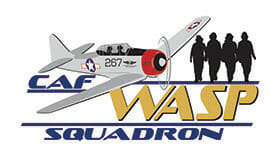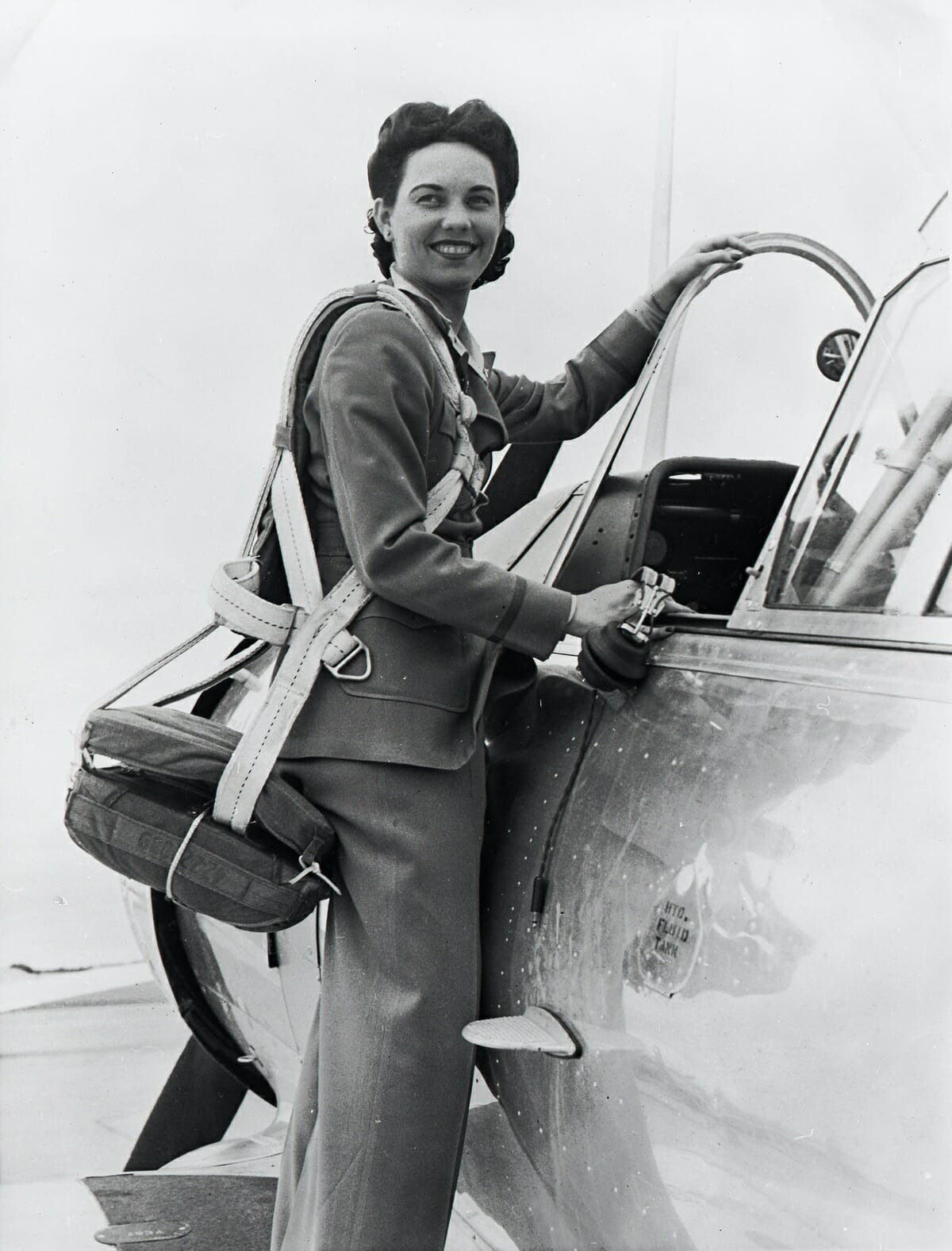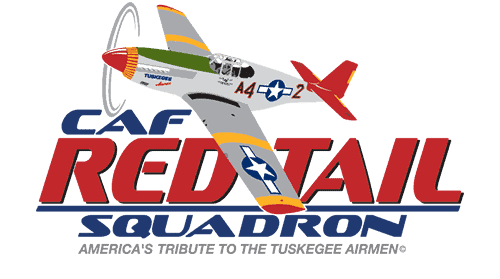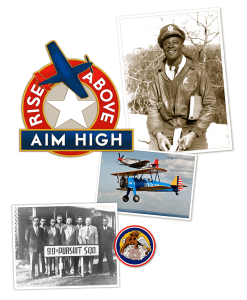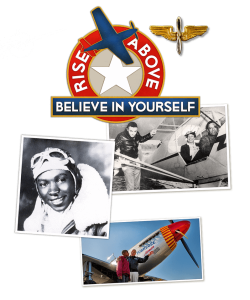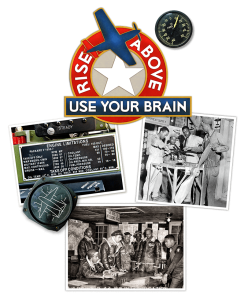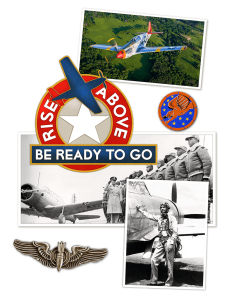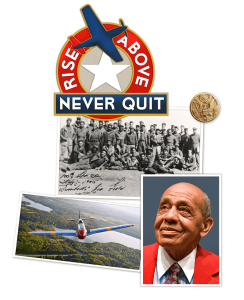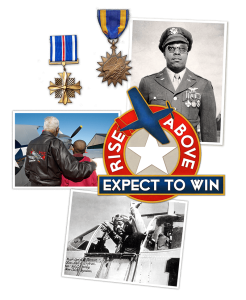The WASPs weren't members of the military either.
They were a civilian organization and hence got no GI Bill or other benefits for service.
They did earn their wings and get in some flying hours that would further their future as aviators and in some cases eventual employment. Plus "blazed the trail" for future female aviators.
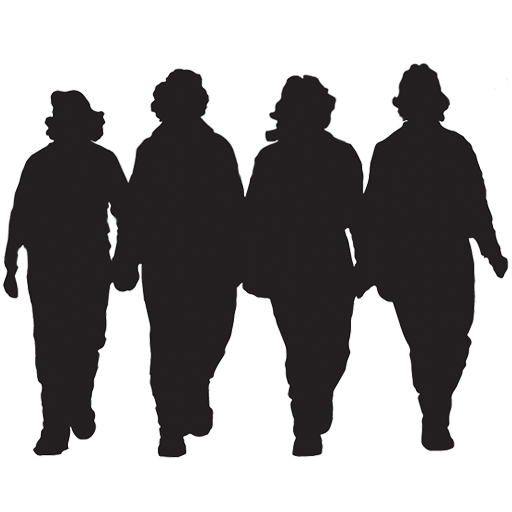
cafwaspsquadron.org

cafwaspsquadron.org
....
The
Women Airforce Service Pilots (
WASP) (also
Women's Army Service Pilots<a href="
Women Airforce Service Pilots - Wikipedia"><span>[</span>2<span>]</span></a> or
Women's Auxiliary Service Pilots<a href="
Women Airforce Service Pilots - Wikipedia"><span>[</span>3<span>]</span></a>) was a
civilian women pilots' organization, whose members were
United States federal civil service employees. Members of WASP became trained pilots who tested aircraft, ferried aircraft and trained other pilots. Their purpose was to free male pilots for combat roles during
World War II. Despite various members of the armed forces being involved in the creation of the program, the WASP and its members had no military standing.
WASP was preceded by the
Women's Flying Training Detachment (WFTD) and the Women's Auxiliary Ferrying Squadron (WAFS). Both were organized separately in September 1942. They were pioneering organizations of civilian women pilots, who were attached to the
United States Army Air Forces to fly military aircraft during World War II. On August 5, 1943, the WFTD and WAFS merged to create the WASP organization.<a href="
Women Airforce Service Pilots - Wikipedia"><span>[</span>4<span>]</span></a><span title="Page / location: 45, 49–50, 173">: 45, 49–50, 173 </span>
The WASP arrangement with the
US Army Air Forces ended on December 20, 1944. During its period of operation, each member's service had freed a male pilot for military combat or other duties. They flew over 60 million miles; transported every type of military aircraft; towed targets for live
anti-aircraft gun practice; simulated
strafing missions and transported cargo. Thirty-eight WASP members died during these duties and one,
Gertrude Tompkins, disappeared while on a ferry mission, her fate still unknown.<a href="
Women Airforce Service Pilots - Wikipedia"><span>[</span>5<span>]</span></a> In 1977, for their World War II service, the members were granted
veteran status,<a href="
Women Airforce Service Pilots - Wikipedia"><span>[</span>6<span>]</span></a> and in 2009 awarded the
Congressional Gold Medal.<a href="
Women Airforce Service Pilots - Wikipedia"><span>[</span>7<span>]</span></a><a href="
Women Airforce Service Pilots - Wikipedia"><span>[</span>8<span>]</span></a>
...

en.wikipedia.org
